
Beneficial Profiles
Beneficial insects are an important tool to help combat insecticide resistance
Beneficial insects play a vital biological control role in many cropping systems and assist in keeping pest populations in check. Beneficial insects can be encouraged by better targeting and reducing insecticide applications, as well as providing alternate food sources and refuge habitat on farms. This guide is designed to assist growers identify some of the most commonly observed beneficial insects found across the southern grain cropping regions and provide information on each groups biology, pests attacked, and the toxicity of common chemical actives.
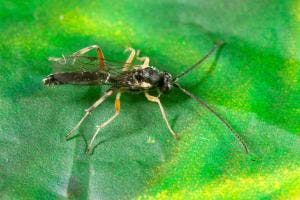
Lepidopteran larval parasitoids
Order: Hymenoptera
Specialist
Specialists parasitise or predate on a restricted range of pest insects.
Transient
Transient beneficials move in and out of crops, often following pests, and can more readily re-establish after pesticide applications.
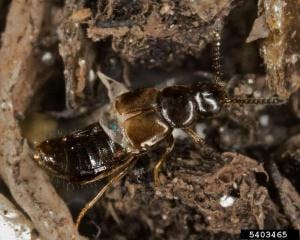
Rove beetles
Family: Staphylinidae
Generalist
Generalist predators parasitise or predate on a diverse range of pest insects.
Resident
Resident beneficials have more limited dispersal capabilities and may take longer to re-establish after pesticide exposure.
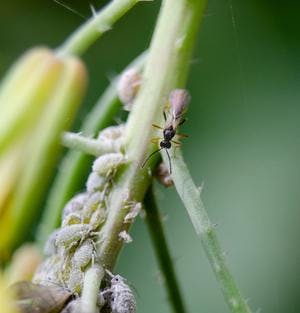
Aphid parasitoids
Order: Hymenoptera
Specialist
Specialists parasitise or predate on a restricted range of pest insects.
Transient
Transient beneficials move in and out of crops, often following pests, and can more readily re-establish after pesticide applications.
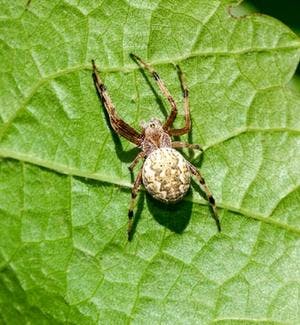
Spiders
Order: Araneae
Generalist
Generalist predators parasitise or predate on a diverse range of pest insects.
Resident
Resident beneficials have more limited dispersal capabilities and may take longer to re-establish after pesticide exposure.
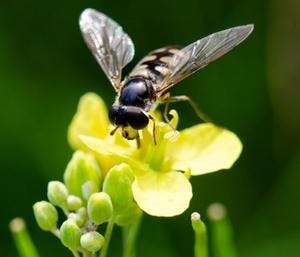
Hoverflies
Syrphidae sp.
Generalist
Generalist predators parasitise or predate on a diverse range of pest insects.
Transient
Transient beneficials move in and out of crops, often following pests, and can more readily re-establish after pesticide applications.
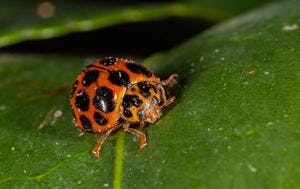
Ladybird beetles
Family: Coccinellidae
Generalist
Generalist predators parasitise or predate on a diverse range of pest insects.
Transient
Transient beneficials move in and out of crops, often following pests, and can more readily re-establish after pesticide applications.
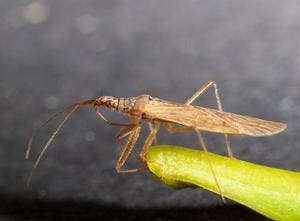
Predatory bugs
Order: Hemiptera
Generalist
Generalist predators parasitise or predate on a diverse range of pest insects.
Transient
Transient beneficials move in and out of crops, often following pests, and can more readily re-establish after pesticide applications.
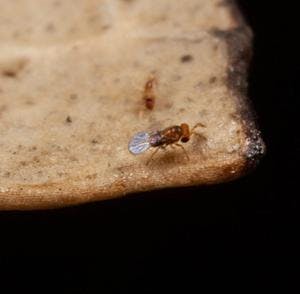
Lepidopteran egg parasitoids
Order: Hymenoptera
Specialist
Specialists parasitise or predate on a restricted range of pest insects.
Transient
Transient beneficials move in and out of crops, often following pests, and can more readily re-establish after pesticide applications.
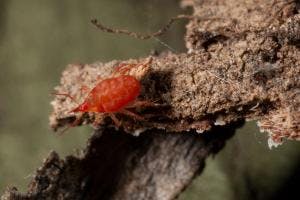
Predatory mites
Generalist
Generalist predators parasitise or predate on a diverse range of pest insects.
Resident
Resident beneficials have more limited dispersal capabilities and may take longer to re-establish after pesticide exposure.
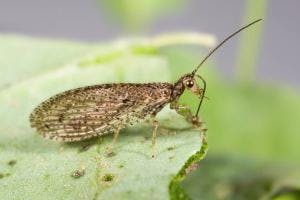
Lacewings
Family: Chrysopidae / Hemerobiidae
Generalist
Generalist predators parasitise or predate on a diverse range of pest insects.
Transient
Transient beneficials move in and out of crops, often following pests, and can more readily re-establish after pesticide applications.